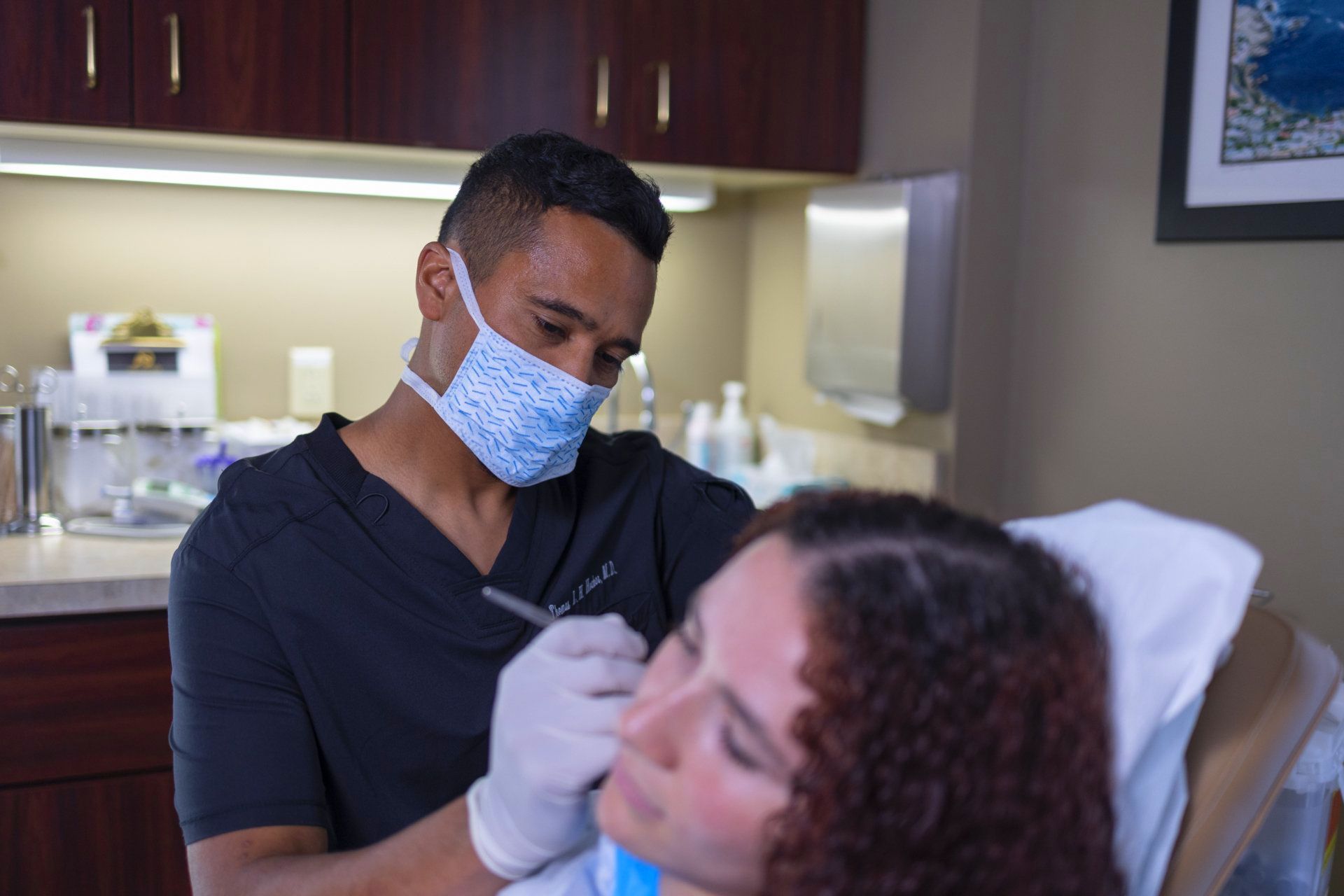The Basics of Mohs Micrographic Surgery
What is Mohs Surgery?
A common question that arises after a patient is diagnosed with skin cancer is “What is Mohs surgery?” and “Why is this procedure being recommended for me?” This blog aims to simplify the rather complex process and answer the question as to why this procedure is considered the gold standard of skin cancer surgery.
Anytime a lesion or sore on the skin is concerning for a skin cancer, it can be removed by a procedure called a biopsy. This is usually done under local anesthesia (simple numbing) with minimal discomfort in the doctor’s office. This piece of tissue is then sent to a board-certified dermatopathologist who assesses the tissue and provides an accurate diagnosis. If the diagnosis is harmless, then no further treatment is needed. If the diagnosis is a type of skin cancer, treatment options are discussed based upon details of the pathology report, and a personalized plan of care is developed for each patient.
Mohs surgery, initially developed by Dr. Frederic E. Mohs in 1938, is a specialized type of surgery used to treat skin cancer. It is regarded as the gold standard to treat skin cancer that is found on the head and neck, or skin cancer that is aggressive on the chest, back, arms or legs.
The process can be broken down into the following four steps:
| 1 | Surgical removal: | Excision of the tissue around a skin cancer |
| 2 | Laboratory processing: | Preparing the tissue for analysis |
| 3 | Pathological evaluation: | Interpretation of the microscope slides |
| 4 | Repairing the wound: | Planning reconstruction or appropriate wound healing |
Is Mohs Surgery right for me?
The main advantages to Mohs surgery are the complete evaluation of 100% of the surgical margins (the sides and base of the skin) while also obtaining the highest cure rates (up to 99% for primary tumors, 94% for recurrent tumors). This is in contrast to standard surgical excision, which only evaluates approximately 1% of the tissue’s margin surrounding a skin cancer and has a lower overall cure rate. Mohs is also considered cost-effective since the surgeon is also the pathologist and repairs the wound with the smallest possible defect.
Patients will then return several weeks after the procedure is completed to ensure appropriate healing and removal of stitches. Once someone is diagnosed with skin cancer, their likelihood to develop another skin cancer is increased, and it is important to obtain routine skin examinations to catch any possible new skin cancers very early. The earlier a skin cancer is detected, the easier it is to remove.
Seeking out treatment by a Mohs surgeon who did an additional fellowship after dermatology residency that was accredited by ACGME and approved the American College of Mohs Surgery (ACMS) provides patients an assurance that they are receiving the best care we can offer in skin cancer surgery.
If you think that you or a loved one may have a skin cancer, call 816-643-4501 today for an appointment.






